Here are the 10 essential spices that transform chicken soup from ordinary to extraordinary. From bay leaf to star anise, each spice plays a unique role in building deep, complex flavors. Below, we break down how to use them for perfect results every time.
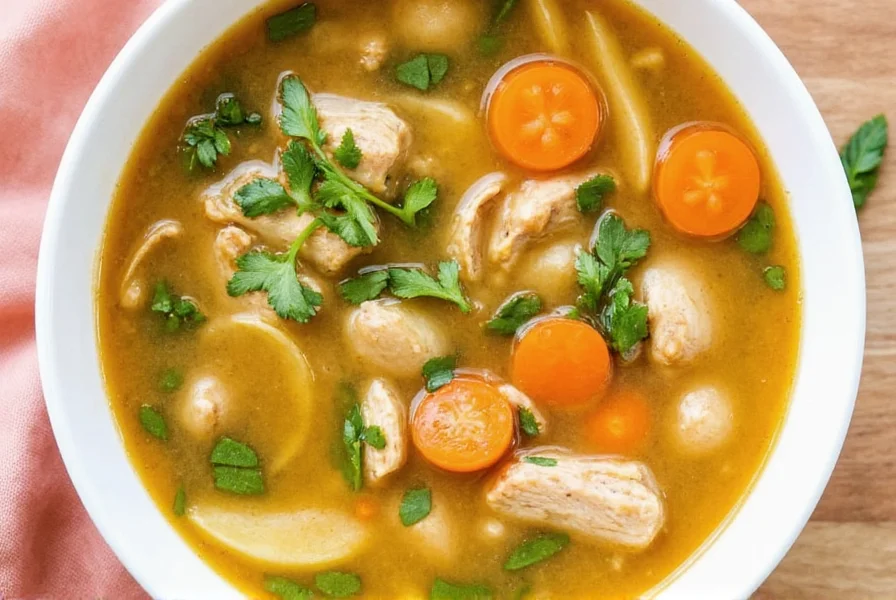
Table of Contents
- Introduction
- Spice Basics: What Makes a Spice Shine in Soup?
- Top 10 Spices for Chicken Soup
- Buying Guide: How to Choose the Best Spices
- Pro Tips for Using Spices in Soup
- Frequently Asked Questions
- Conclusion
Spice Basics: What Makes a Spice Shine in Soup?
Soup is a flavor amplifier. The slow simmering process allows spices to infuse into the broth, releasing their aromatics and creating layers of flavor. But not all spices are created equal when it comes to soups.
Some spices are delicate and should be added at the end (like fresh herbs), while others need time to bloom in oil or steep in liquid (like whole spices). Understanding these subtleties will help you make the most of every pinch.
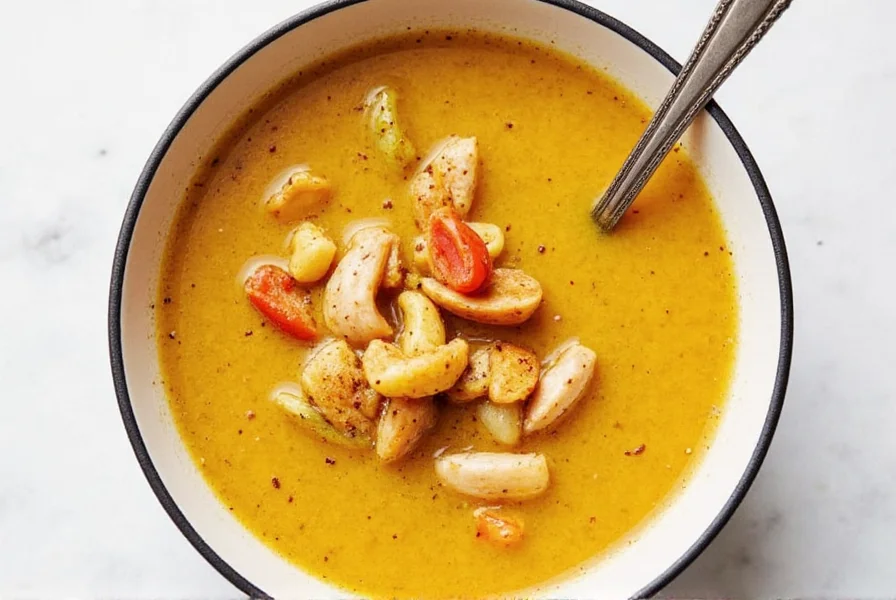
Top 10 Spices for Chicken Soup
Let’s dive into the stars of our show — the spices that turn chicken soup into a soul-warming masterpiece.
1. Bay Leaf
BAY LEAF is the unsung hero of many broths. It adds a subtle, earthy depth without overpowering other flavors. A single leaf goes a long way.
- Flavor Profile: Earthy, herbal, slightly floral
- Best Used: Whole, during the early stages of cooking
- Tip: Remove before serving to avoid bitterness
2. Black Pepper
Freshly ground black pepper brings heat and complexity to any soup. Don’t underestimate its role!
- Flavor Profile: Sharp, mildly spicy, woody
- Best Used: Ground, towards the end or as a garnish
- Tip: Grind your own for maximum aroma
3. Thyme
Thyme offers a woodsy, lemony note that pairs perfectly with chicken. Both fresh and dried thyme work well.
- Flavor Profile: Herbal, slightly minty, lemony
- Best Used: Fresh sprigs or dried, early in cooking
- Tip: Strip the leaves from stems before serving
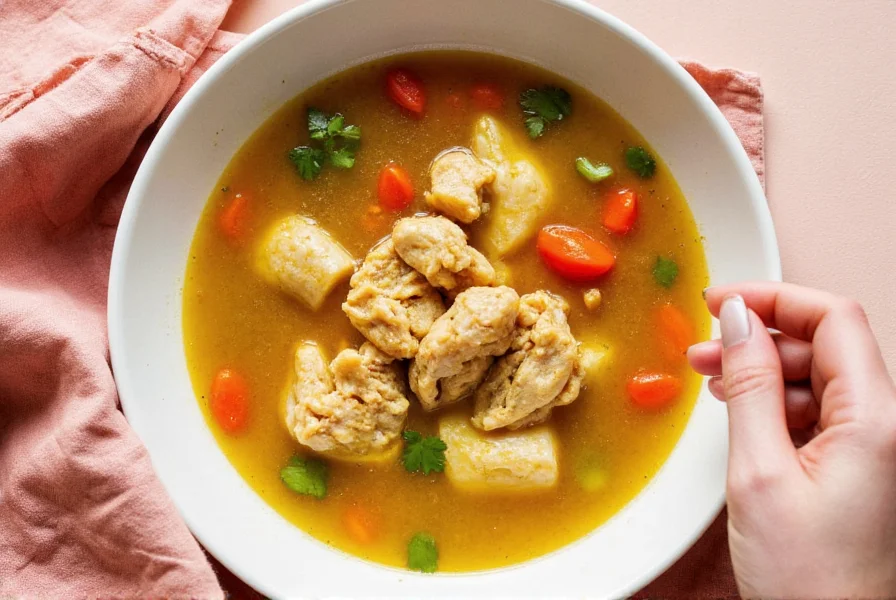
4. Rosemary
This bold herb stands up well in hearty soups. Use sparingly to avoid overwhelming other flavors.
- Flavor Profile: Piney, strong, aromatic
- Best Used: Fresh sprigs or dried, added early
- Tip: Remove sprigs before serving
5. Garlic Powder
A pantry staple that adds savory depth quickly. Ideal for those who want garlic flavor without chopping.
- Flavor Profile: Umami-rich, mild pungency
- Best Used: Sprinkle early or sauté first
- Tip: Combine with onion powder for a flavor boost
6. Turmeric
Turmeric lends color and anti-inflammatory properties. Great for adding warmth and earthiness.
- Flavor Profile: Earthy, warm, bitter
- Best Used: Ground, added early
- Tip: Add a dash of black pepper to enhance absorption
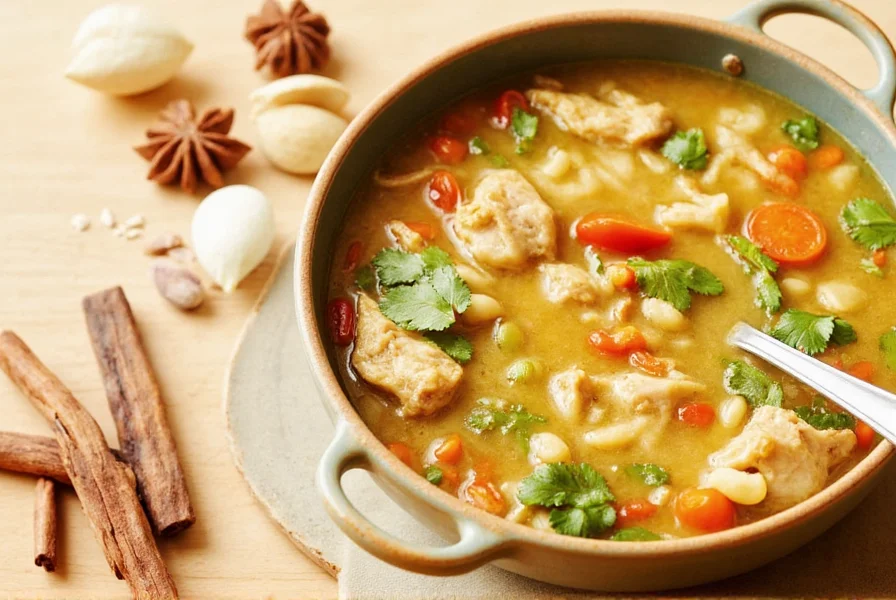
7. Paprika
Paprika brings sweetness and subtle smokiness. Smoked paprika is especially delicious in heartier soups.
- Flavor Profile: Sweet, mild, slightly smoky (depending on type)
- Best Used: Sprinkled toward the end or used dry in rubs
- Tip: Toast briefly in oil to unlock more flavor
8. Cumin
Cumin introduces a nutty, warm, and slightly peppery flavor that can add an exotic twist to your soup.
- Flavor Profile: Earthy, nutty, slightly spicy
- Best Used: Ground, toasted first in oil
- Tip: Works well with turmeric and garlic
9. Celery Seed
Not just for pickling! Celery seed has a concentrated celery flavor that enhances broth beautifully.
- Flavor Profile: Herbaceous, salty, reminiscent of celery stalks
- Best Used: Whole or crushed, early in cooking
- Tip: Use sparingly — a little goes a long way
10. Star Anise
A surprising but delightful addition, star anise brings licorice-like warmth and fragrance to the pot.
- Flavor Profile: Sweet, spicy, licorice-like
- Best Used: Whole, added early and removed before serving
- Tip: Perfect for Asian-inspired soups or pho-style broths
Buying Guide: How to Choose the Best Spices
Choosing high-quality spices is key to achieving great flavor. Here's what to look for when shopping:
| Spice | Form | How to Choose | Storage Tips |
|---|---|---|---|
| Bay Leaf | Whole dried | Look for dark green, intact leaves | Store in a cool, dry place |
| Black Pepper | Whole peppercorns | Buy whole and grind yourself | Keep in a sealed container |
| Thyme | Dried or fresh | Fragrant and vibrant for dried, perky for fresh | Store dried in airtight jars |
| Turmeric | Ground | Bright yellow-orange color | Keep away from light and moisture |
| Star Anise | Whole pods | Choose firm, intact stars | Store in a sealed bag |
Product Highlights
Here are a few standout spice brands worth trying:
- Penzeys Spices: Known for exceptional quality and flavor intensity. Perfect for serious home cooks.
- The Spice Garden: Offers organic and sustainably sourced spices. Ideal for eco-conscious buyers.
- McCormick Gourmet: Reliable and accessible. Great for everyday use.
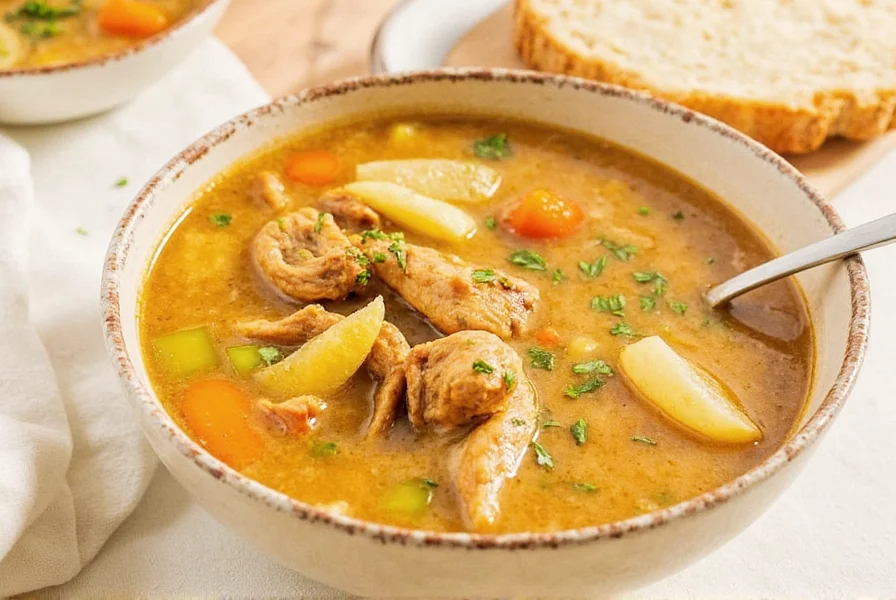
Pro Tips for Using Spices in Soup
To get the most out of your spices, follow these expert techniques:
- Toast Dry Spices First: Heat whole spices like cumin or coriander in oil to unlock their full potential.
- Add Early vs. Late: Robust spices (like bay leaf) go in early; delicate ones (like thyme leaves) near the end.
- Balance Flavors: Adjust salt, acid (like lemon juice), and sweetness (from carrots) to let spices shine.
- Don’t Overdo It: Spices should complement, not overwhelm.
- Layer for Depth: Use multiple complementary spices for a complex profile.
Frequently Asked Questions
What are the most essential spices for basic chicken soup?
The core trio for classic chicken soup includes bay leaf, black pepper, and thyme. Bay leaf provides subtle depth, black pepper adds complexity, and thyme offers that characteristic herbal note. These three create the foundation that most traditional recipes build upon, working harmoniously without overpowering the delicate chicken flavor.
How do I use bay leaves properly in chicken soup?
Add one whole bay leaf early in the cooking process to allow its flavors to fully develop. The bay leaf should simmer for at least 30 minutes to release its aromatic compounds. Always remove the bay leaf before serving as it becomes brittle and can be a choking hazard. Never add more than two bay leaves per gallon of soup, as they can become bitter in larger quantities.
Can I substitute dried herbs for fresh ones in chicken soup?
Yes, but with important adjustments. Dried herbs are more concentrated than fresh, so use about one-third the amount (for example, 1 teaspoon dried thyme instead of 1 tablespoon fresh). Add dried herbs early in cooking to allow rehydration and flavor development, while fresh herbs should be added in the last 10-15 minutes to preserve their delicate flavor and color. Delicate herbs like parsley and dill particularly suffer when dried and are best used fresh.
How can I fix chicken soup that's too spicy?
If your soup has become too spicy, don't panic. First, stop adding more spices. Then, add dairy like cream or yogurt which contains casein that neutralizes capsaicin. Acidic elements like lemon juice or vinegar can also balance heat. Adding more broth or water will dilute the spice level, while a small amount of sugar can counteract heat. For future reference, always add spices gradually and taste as you go - you can always add more, but you can't remove excess spice.
Which spices should I add at the end of cooking?
Delicate herbs and spices with volatile aromatics should be added near the end of cooking. This includes fresh parsley, cilantro, dill, chives, and sometimes fresh thyme leaves. Ground black pepper also benefits from being added toward the end to preserve its complex flavor compounds. These ingredients lose their nuanced flavors when subjected to long simmering times, so adding them in the final 5-10 minutes preserves their bright, fresh characteristics.
How long do spices stay fresh for soup making?
Whole spices like peppercorns, cinnamon sticks, and star anise maintain potency for 3-4 years when stored properly. Ground spices lose flavor more quickly, typically within 6-12 months. Dried herbs generally last 1-2 years. To maximize shelf life, store spices in airtight containers away from heat, light, and moisture. Test freshness by rubbing a small amount between your fingers - if the aroma is weak or musty, it's time to replace them. Fresh spices make a noticeable difference in soup quality.
Conclusion
With the right spices, your chicken soup can become a deeply flavorful, aromatic experience. From bay leaf to star anise, each spice plays a unique role in building that perfect bowl of comfort.
Remember to experiment and trust your taste buds. Try different combinations, toast your spices, and above all — enjoy the journey of flavor discovery. Happy cooking!
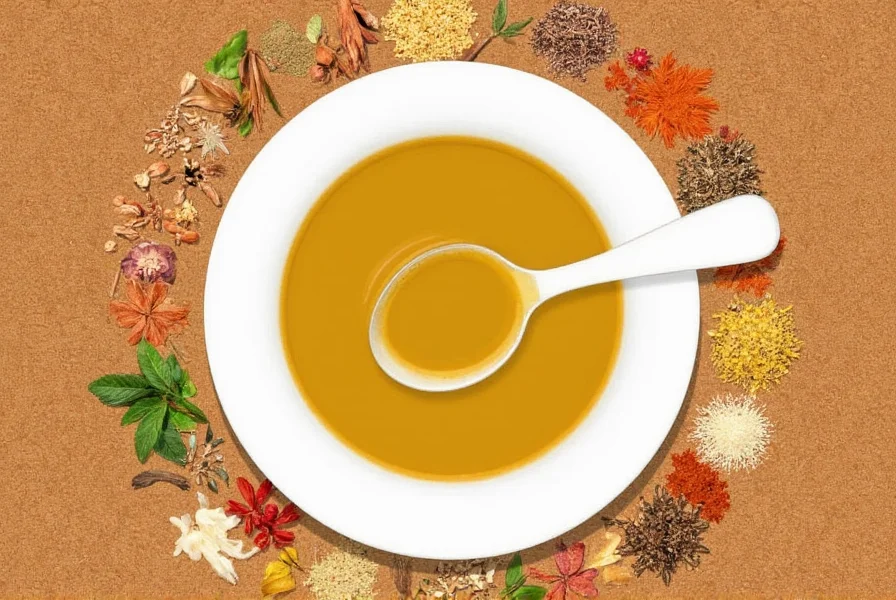

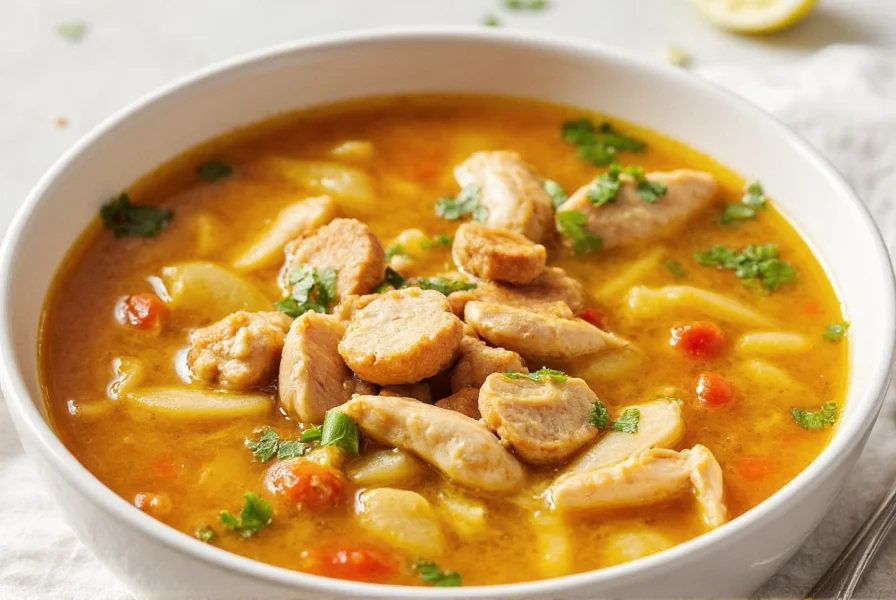









 浙公网安备
33010002000092号
浙公网安备
33010002000092号 浙B2-20120091-4
浙B2-20120091-4